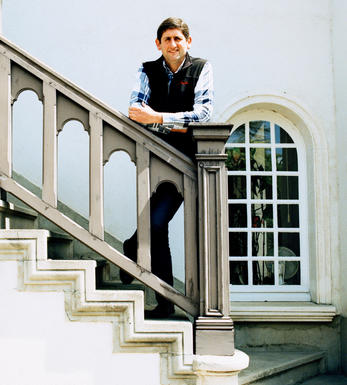
2006 Domaine William Fevre Bougros Cote Bouguerots, Chablis Grand Cru

Critics reviews
From a 2 ha parcel at the bottom section of the vineyard; even so, the vineyard is so steep here that it must be worked entirely by hand as tractors would be dangerous to use.
Allen Meadows, burghound.com - Oct 2008
About this WINE

Domaine William Fevre, Chablis
William Fèvre is one of Chablis’ greatest wine domaines, developed by the eponymous William Fèvre between 1957 and his retirement in 1998 when he sold to the Champagne House Joseph Henriot. William Fèvre began with just 7 hectares and had soon increased this to 48ha, planting widely in the best of the 1ers and grands crus where the vineyards had fallen by the wayside. However the Fèvre penchant for new oak was not to everybody’s taste.
Since the Henriot purchase the wines are made by the talented Didier Séguier who had previously been with the Bouchard team in Beaune. The domaine wines include 12 hectares of premier cru vineyards and no less than 16 hectares of grand crus.The whole crop of their domaine wines, straight Chablis included, is harvested by hand, the grands crus in small ‘cagettes’, with a sorting table back at the winery to ensure the quality of the raw material.
The 1er cru wines are vinified in 40-50% oak, the grands crus receiving 70-80%, but without using new wood – instead the domaine receives a plentiful supply of one year old barrels from Maison Bouchard, and the average age of wood in the cellars is 5 years old. The barrel and vat components are blended together after four to six months, for bottling before the end of the year.
In 1991 he joined forces with the Chilean producer Victor Pino and Vina William Fèvre was established in the heart of the Maipo Valley just outside Santiago.

Chardonnay
Chardonnay is often seen as the king of white wine grapes and one of the most widely planted in the world It is suited to a wide variety of soils, though it excels in soils with a high limestone content as found in Champagne, Chablis, and the Côte D`Or.
Burgundy is Chardonnay's spiritual home and the best White Burgundies are dry, rich, honeyed wines with marvellous poise, elegance and balance. They are unquestionably the finest dry white wines in the world. Chardonnay plays a crucial role in the Champagne blend, providing structure and finesse, and is the sole grape in Blanc de Blancs.
It is quantitatively important in California and Australia, is widely planted in Chile and South Africa, and is the second most widely planted grape in New Zealand. In warm climates Chardonnay has a tendency to develop very high sugar levels during the final stages of ripening and this can occur at the expense of acidity. Late picking is a common problem and can result in blowsy and flabby wines that lack structure and definition.
Recently in the New World, we have seen a move towards more elegant, better- balanced and less oak-driven Chardonnays, and this is to be welcomed.


Buying options
Add to wishlist
Description
As it always is, this is more elegant and refined than the regular cuvée of Bougros with high-toned but reluctant citrus, stone and sea breeze aromas dissolving into powerful, focused and pure flavors that are precise and wonderfully intense plus offering the same impressive level of dry extract and an almost aggressively mineral and hugely long and very dry finish. I have always very much liked the character of this wine as it manages to pull off blending raw power with elegance and not losing either element in the bargain.
From a 2 ha parcel at the bottom section of the vineyard; even so, the vineyard is so steep here that it must be worked entirely by hand as tractors would be dangerous to use.
Allen Meadows, burghound.com - Oct 2008
wine at a glance
Delivery and quality guarantee